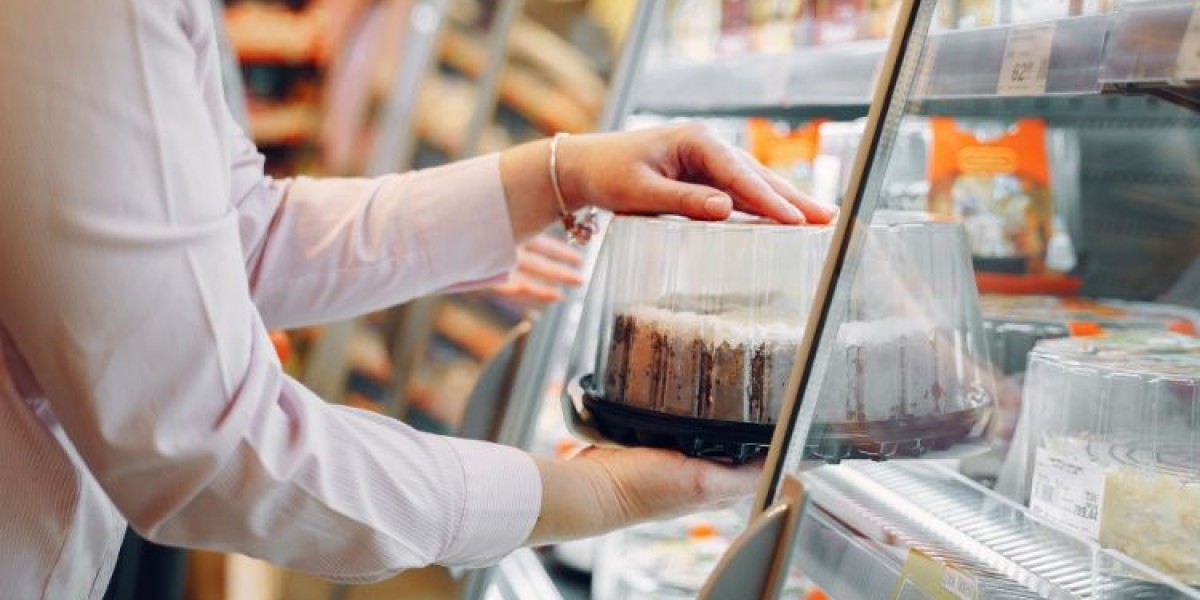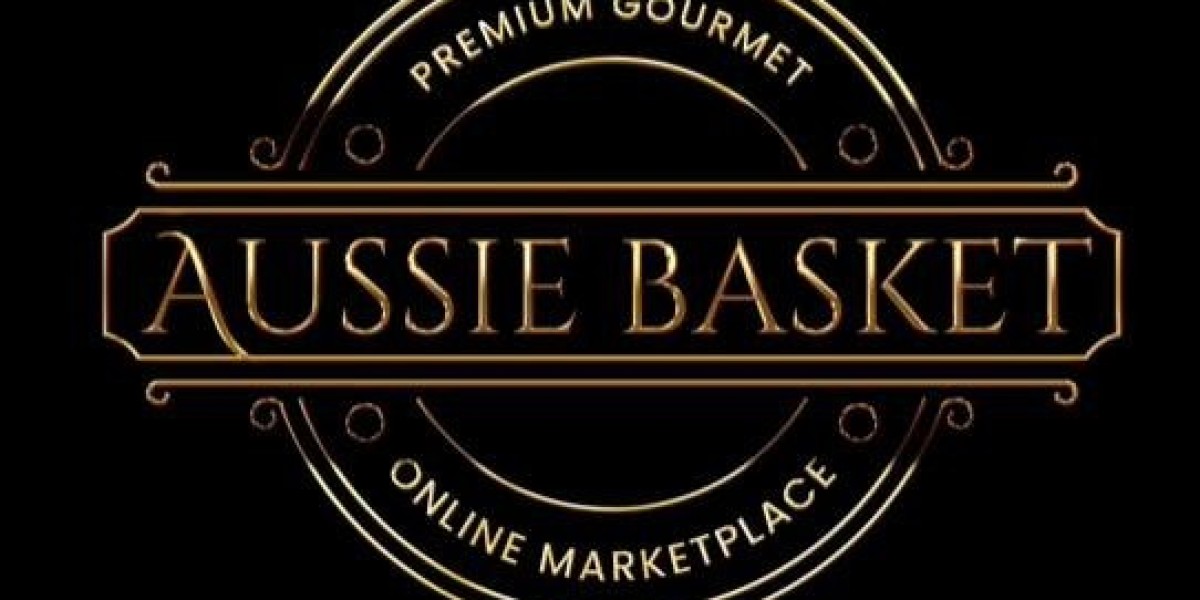Cakes are one of the most popular and versatile desserts in the world, enjoyed by people of all ages and cultures. They can be simple or elaborate, sweet or savory, round or square, and come in a variety of flavors, colors, and sizes. The global cake market size is a significant segment of the food industry. The cake market is expected to grow at a compound annual growth rate (CAGR) of 3.1% during the period 2024-2032, driven by factors such as increasing disposable income, urbanization, and changing lifestyles. However, the cake market is also facing challenges, such as rising health awareness, dietary restrictions, and environmental concerns. In this blog post, we will explore some of the trends and innovations that are shaping the global cake market, and how the cake industry is responding to the evolving consumer demands and preferences.
Traditional vs. Modern Cakes
One of the main trends in the cake market is the contrast between traditional and modern cakes. Traditional cakes are those that follow classic recipes and ingredients, such as sponge cake, pound cake, cheesecake, and fruit cake. These cakes are often associated with nostalgia, comfort, and celebration, and have a loyal customer base. However, traditional cakes are also facing competition from modern cakes, which are those that incorporate new and innovative variations, such as fusion flavors, exotic ingredients, and unconventional shapes. Modern cakes are often designed to appeal to younger and more adventurous consumers, who are looking for novelty, variety, and customization. Some examples of modern cakes are:
Red velvet cake: A moist and fluffy cake with a distinctive red color, made with cocoa powder, buttermilk, and vinegar, and topped with cream cheese frosting. This cake originated in the US, but has become popular worldwide, especially in Asia.
Matcha cake: A cake infused with matcha, a finely ground green tea powder that has a rich and earthy flavor, and a vibrant green color. Matcha cake is often paired with other ingredients, such as white chocolate, lemon, or cream cheese, to balance its bitterness. This cake is popular in Japan, where matcha is a traditional ingredient, but has also gained popularity in other regions, due to its health benefits and aesthetic appeal.
Rainbow cake: A cake that consists of multiple layers of different colors, usually representing the colors of the rainbow. The cake is usually covered with white frosting, to create a contrast and a surprise effect when the cake is cut. Rainbow cake is a fun and festive cake, that can be customized with different flavors and decorations, depending on the occasion and the preference of the customer.
Healthier Options in the Cake Market
Another trend in the cake market is the growing demand for healthier options, as consumers become more aware of the nutritional value and the health implications of the food they consume. Healthier options are those that cater to specific dietary needs and preferences, such as gluten-free, vegan, and low-sugar cakes. These cakes are made with alternative ingredients, such as almond flour, coconut oil, agave nectar, and plant-based milk, to replace the traditional ingredients, such as wheat flour, butter, sugar, and eggs. Healthier options are not only aimed at consumers who have allergies, intolerances, or ethical concerns, but also at those who want to enjoy cakes without feeling guilty or compromising their health goals. Some examples of companies offering healthier cake options are:
Naked Bakery: A UK-based company that specializes in gluten-free, vegan, and refined sugar-free cakes, as well as other baked goods, such as cookies, brownies, and cupcakes. The company uses natural and organic ingredients, such as dates, oats, nuts, and fruits, to create delicious and nutritious cakes, that are suitable for everyone.
Protein Bakeshop: A UAE-based company that offers low-carb, high-protein, and keto-friendly cakes, as well as other snacks, such as bars, cookies, and truffles. The company uses ingredients, such as almond flour, coconut flour, whey protein, and stevia, to create cakes that are low in calories, sugar, and fat, but high in protein and fiber, to support a healthy and active lifestyle.
Unrefined Bakery: A US-based company that provides gluten-free, soy-free, and mostly organic cakes, as well as other products, such as bread, muffins, and pies. The company uses ingredients, such as brown rice flour, tapioca starch, coconut sugar, and honey, to create cakes that are free of preservatives, artificial flavors, and colors, and that are rich in antioxidants, vitamins, and minerals.
Flavor and Ingredient Trends
A third trend in the cake market is the emergence of new and exciting flavor and ingredient trends, that reflect the diversity and creativity of the cake industry. Flavor and ingredient trends are influenced by various factors, such as cultural influences, seasonal variations, consumer preferences, and market opportunities. Some of the current flavor trends in the cake market are:
Exotic flavors: These are flavors that originate from different regions and cultures, and that offer a unique and adventurous taste experience. Some examples of exotic flavors are: mango, passion fruit, coconut, lychee, durian, and dragon fruit. These flavors are often combined with other ingredients, such as chocolate, cream, or nuts, to create a contrast and a balance of flavors.
Unique ingredient combinations: These are combinations of ingredients that are not typically found in cakes, but that create a surprising and delightful effect. Some examples of unique ingredient combinations are: bacon and maple, cheese and caramel, avocado and lime, and coffee and chili. These combinations are often inspired by savory dishes, drinks, or desserts, and are designed to appeal to consumers who are looking for novelty and variety.
Functional ingredients: These are ingredients that have a specific function or benefit, besides adding flavor or texture to the cake. Some examples of functional ingredients are: probiotics, collagen, CBD, and superfoods. These ingredients are often added to cakes to enhance their health value, or to provide a specific effect, such as relaxation, energy, or beauty.
Cake Decorating Innovations
A fourth trend in the cake market is the advancement of cake decorating innovations, that showcase the artistry and the skill of the cake makers. Cake decorating innovations are driven by the demand for more personalized, customized, and aesthetically pleasing cakes, that can impress and delight the customers. Some of the latest trends in cake decorating are:
New techniques: These are techniques that use new tools, methods, or materials, to create different effects and textures on the cake. Some examples of new techniques are: mirror glaze, which creates a smooth and shiny surface on the cake; buttercream painting, which uses buttercream as a medium to create artistic designs on the cake; and wafer paper flowers, which use thin and edible paper to create realistic and delicate flowers on the cake.
New techniques: These are techniques that use new tools, methods, or materials, to create different effects and textures on the cake. Some examples of new techniques are: mirror glaze, which creates a smooth and shiny surface on the cake; buttercream painting, which uses buttercream as a medium to create artistic designs on the cake; and wafer paper flowers, which use thin and edible paper to create realistic and delicate flowers on the cake.
New tools: These are tools that facilitate the cake decorating process, or that enable the creation of more complex and intricate designs on the cake. Some examples of new tools are: silicone molds, which allow the cake makers to create various shapes and forms on the cake; airbrush, which allows the cake makers to spray colors and patterns on the cake; and edible printers, which allow the cake makers to print images and texts on the cake.
New edible decorations: These are decorations that are made of edible materials, and that add visual appeal and flavor to the cake. Some examples of new edible decorations are: sprinkles, which are small and colorful pieces of sugar, chocolate, or candy, that add fun and sparkle to the cake; macarons, which are French meringue-based cookies, that add elegance and sophistication to the cake; and chocolate shards, which are thin and irregular pieces of chocolate, that add contrast and texture to the cake.
Packaging and Presentation
A fifth trend in the cake market is the importance of packaging and presentation, which play a crucial role in the cake industry. Packaging and presentation are not only functional, but also emotional and psychological, as they affect the perception, the expectation, and the satisfaction of the customers. Some of the factors that influence the packaging and presentation of cakes are:
Convenience: This refers to the ease and the comfort of transporting, storing, and consuming the cake. Convenience is important for customers who are busy, on-the-go, or have limited space. Some examples of convenient packaging and presentation are: individual portions, such as cupcakes, cake pops, or slices; resealable containers, such as boxes, jars, or bags; and disposable utensils, such as forks, spoons, or knives.
Sustainability: This refers to the environmental impact and the social responsibility of the packaging and presentation. Sustainability is important for customers who are conscious, concerned, or committed to the environment and the society. Some examples of sustainable packaging and presentation are: biodegradable materials, such as paper, cardboard, or bamboo; reusable materials, such as glass, metal, or ceramic; and ethical materials, such as fair trade, organic, or vegan.
Branding: This refers to the identity and the image of the cake maker, as well as the message and the story behind the cake. Branding is important for customers who are loyal, curious, or influenced by the cake maker. Some examples of branding packaging and presentation are: logo, name, or slogan, which identify and differentiate the cake maker; color, shape, or design, which express and communicate the personality and the style of the cake maker; and information, testimonial, or story, which inform and engage the customers about the cake maker.
Online Cake Delivery Services
A sixth trend in the cake market is the rise of online cake delivery services, which have revolutionized the cake industry. Online cake delivery services are platforms that connect the cake makers with the customers, and that facilitate the ordering, the payment, and the delivery of the cakes. Online cake delivery services have several benefits and challenges, such as:
Benefits: Online cake delivery services offer convenience, variety, and customization to the customers, as they can order cakes anytime, anywhere, and anyway they want. Online cake delivery services also offer opportunities, exposure, and feedback to the cake makers, as they can reach more customers, showcase their products, and improve their services.
Challenges: Online cake delivery services face competition, quality, and logistics issues, as they have to compete with other platforms, maintain the quality and the freshness of the cakes, and ensure the timely and the safe delivery of the cakes.
Online cake delivery services have a promising future outlook, as they are expected to grow in terms of market size, customer base, and product range. Online cake delivery services are also expected to adopt new technologies, such as artificial intelligence, blockchain, and drones, to enhance their efficiency, security, and innovation.
Sustainability in the Cake Market
A seventh trend in the cake market is the increasing consumer concern for sustainability, which is the ability to meet the present needs without compromising the future needs. Sustainability is a broad and complex concept, that encompasses environmental, social, and economic aspects. Sustainability is relevant and important for the cake market, as it affects the production, the consumption, and the disposal of the cakes. Some of the ways that the cake industry is implementing sustainability are:
Environmental sustainability: This refers to the protection and the preservation of the natural resources and the ecosystems, that are used or affected by the cake industry. Some examples of environmental sustainability practices are: using organic, local, and seasonal ingredients, to reduce the carbon footprint and the chemical inputs; using renewable, recyclable, and biodegradable packaging materials, to reduce the waste and the pollution; and using energy-efficient, water-efficient, and waste-efficient equipment and processes, to reduce the consumption and the emission.
Social sustainability: This refers to the respect and the support of the human rights and the well-being of the people, that are involved or impacted by the cake industry. Some examples of social sustainability practices are: using fair trade, ethical, and vegan ingredients, to ensure the fair and the humane treatment of the farmers, the workers, and the animals; using inclusive, diverse, and accessible packaging and presentation, to cater to the different needs and preferences of the customers; and using charitable, educational, and social initiatives, to contribute to the development and the empowerment of the communities.
Economic sustainability: This refers to the generation and the distribution of the value and the wealth, that are created or influenced by the cake industry. Some examples of economic sustainability practices are: using cost-effective, profitable, and competitive pricing and marketing strategies, to ensure the viability and the growth of the cake business; using transparent, accountable, and responsible financial and operational management, to ensure the trust and the loyalty of the stakeholders; and using innovative, collaborative, and adaptive product and service development, to ensure the differentiation and the excellence of the cake industry.
Future Outlook
The cake market is a dynamic and diverse industry, that is constantly evolving and adapting to the changing consumer needs and preferences. The cake market is influenced by various trends and innovations, that reflect the creativity and the diversity of the cake industry. The cake market is also facing various challenges and opportunities, that require the cake industry to be responsive and proactive. The cake market has a positive and optimistic future outlook, as it is expected to grow in terms of size, scope, and quality, and to offer more value, variety, and satisfaction to the customers.








